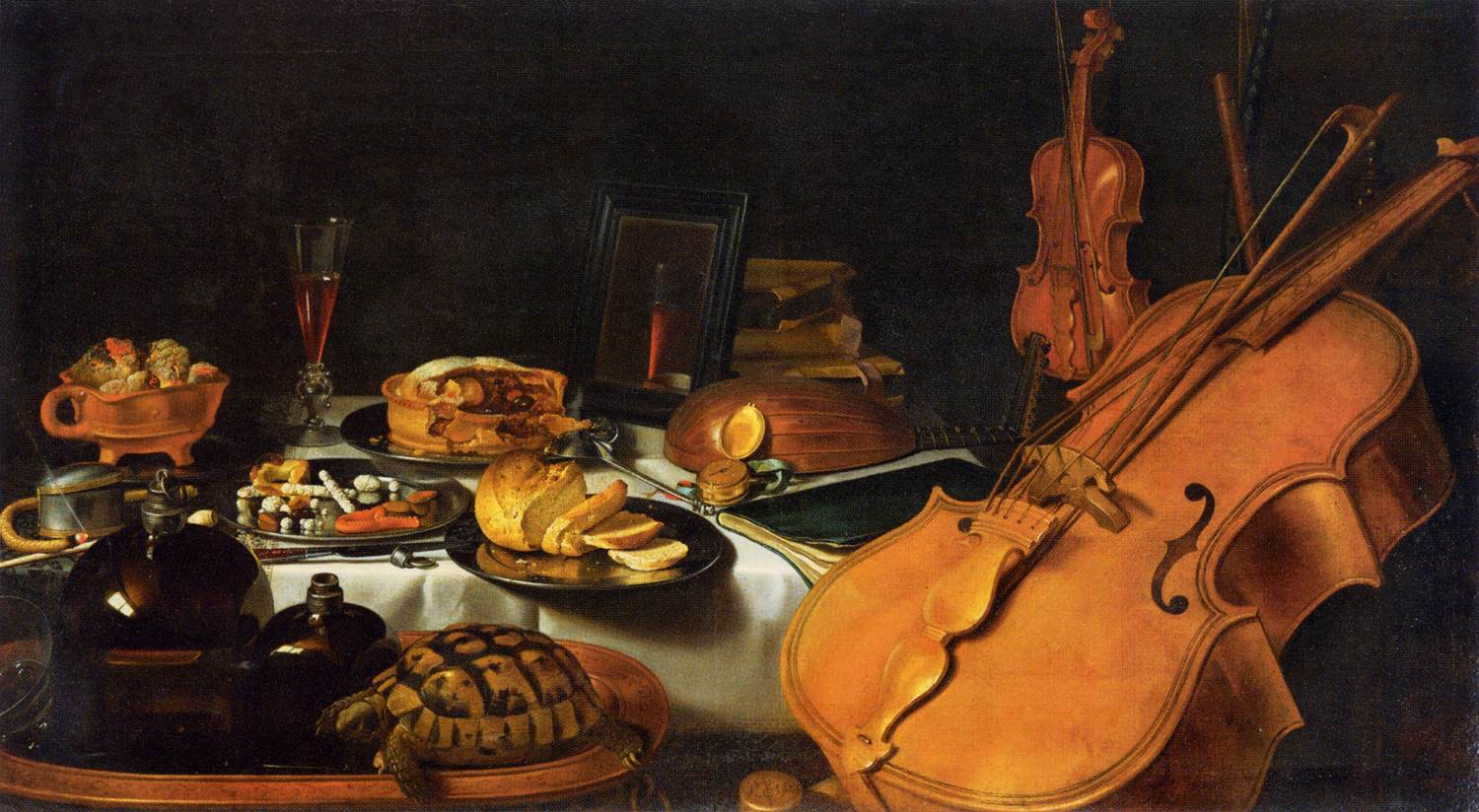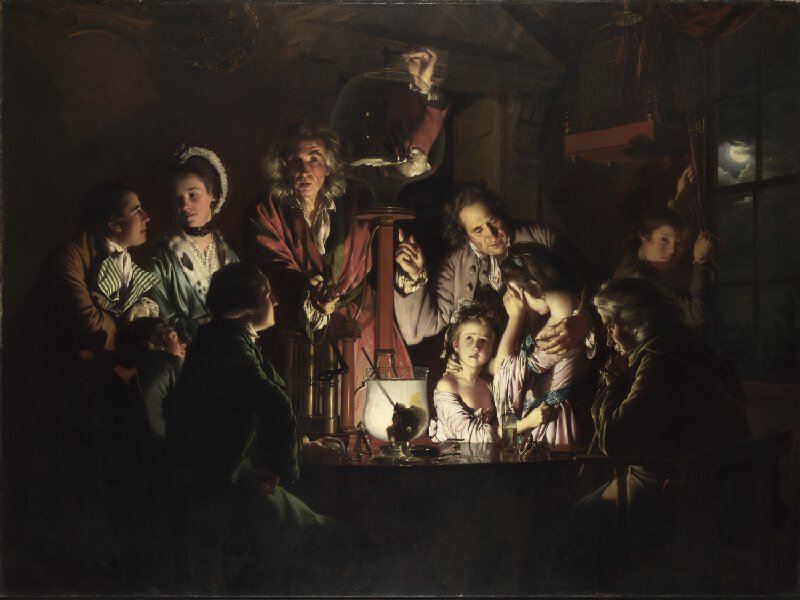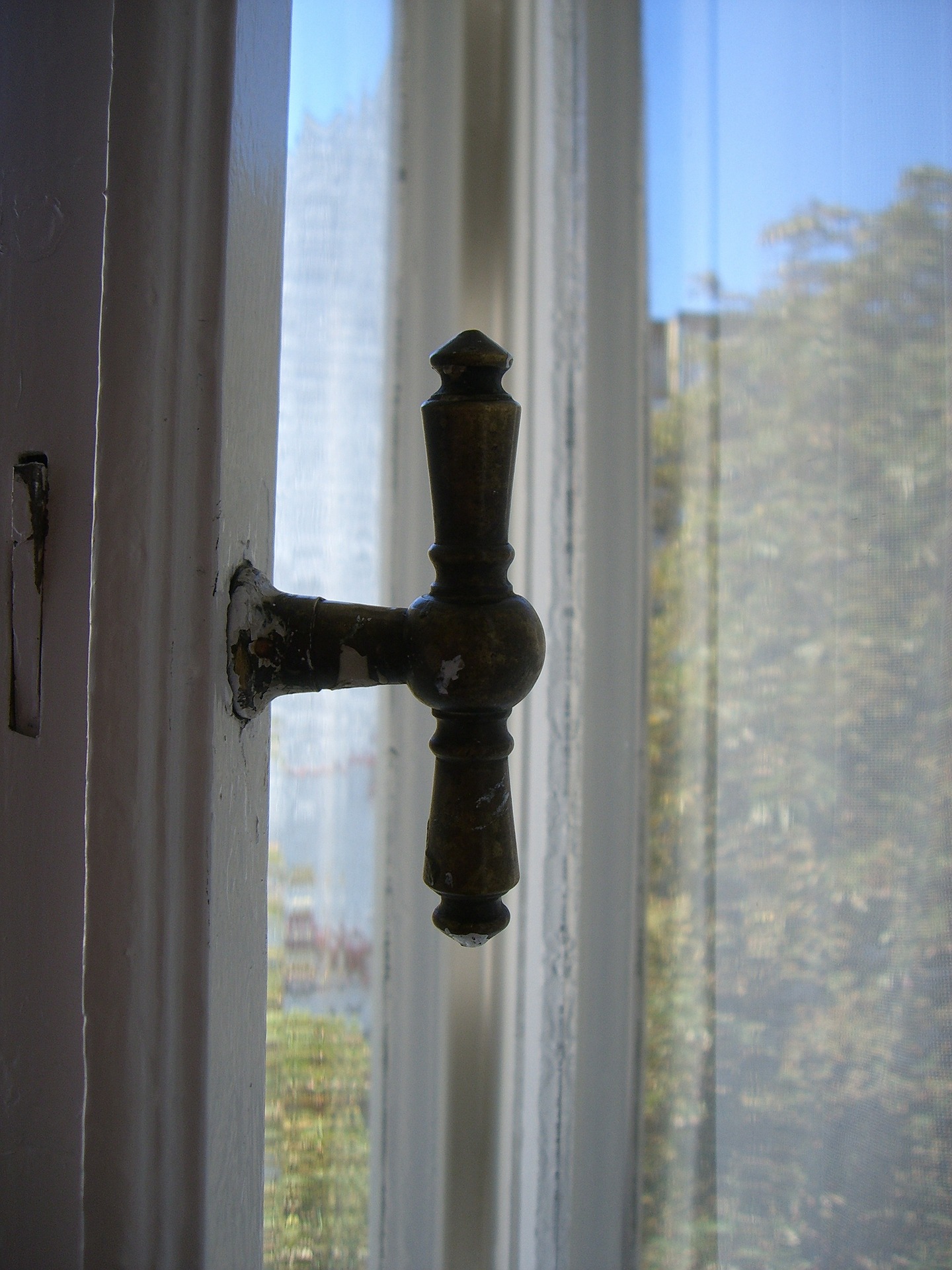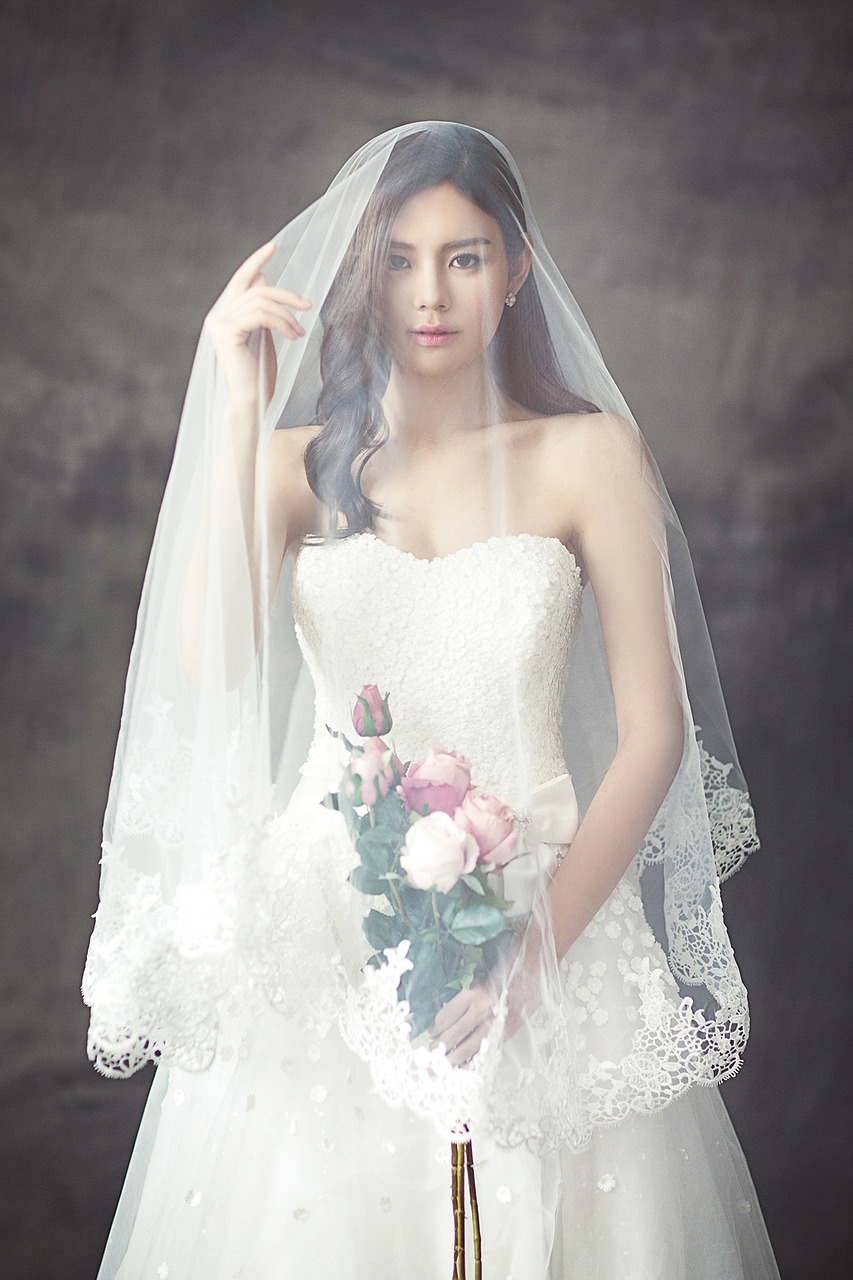All About Transparency
CLASS 3
All About Transparency
All about transparency.
Click on the movie to the right for an illustration of layering or glazing as well as opaque and transparent color illustrations.
According to Google, one of the meanings of transparent, the adjective is “allowing light to pass through so that objects behind can be distinctly seen”. The words origin is late Middle English: from Old French, from medieval Latin transparent- ‘shining through,’ from Latin transparere, from trans- ‘through’ + parere ‘appear.’ We talk of transparency in many different areas- in government, in leadership, in actions, in how we show emotions. It is an important idea to us- to be able to see through something, to shed light on a subject. To trust.
We live in a world where it is possible to be fooled and where it is possible to fool others.The Lower and Upper World Spirits can help us gain deeper insights when we ask them but lack of transparency is one of the challenges here on Earth.
In physical reality, finding transparency is fortunately much easier.
Let’s start with paints:
Many of the artists’ paints available will show transparency. Meaning how much light can come through a specific color.
I will talk of three definitions that pertains to ‘light shining through’ here: Transparent, translucent, and opaque.
Transparent for paint does NOT mean colorless. Think of a pair of sunglasses that color everything you see through them.
The colors I recommend and mostly use have a high degree of transparency AND a high concentration of pigments. Paintings created with paint that contain high amounts of color pigments will be more vibrant as light can bounce off the white canvas through the layers of transparent paint, bounce into our eyes and create visual stimulation.
Of course, there are instances where you want the paint to be opaque. Like the Titanium White we love for its ability to erase mistakes so we can start all over again once its dried.
Here’s a bit about the chemistry of paint: Paint is made up of binder, solvent, fillers and pigments. The binder is either a synthetic or a natural resin, such as alkyds, acrylic, some type of oil, epoxy, or even rubber. Solvent is water, alcohol, turpentine, or such. The solvent for acrylic paint is water. When the solvent has dried up, what’s left on the canvas (or the pallet and the brushes) is the binder and the pigments. Binder is what makes the paint stick to the surface and what ensures that the color pigments will stay put. The fillers serve to thicken the paint, and can make it go on easier. Less fillers are better than more but fillers offer different qualities, some desirable, some not so much. Marble dust for instance is used to increase the brilliance of the color viridian. However, many inexpensive paints are made using fillers such as chalk- this gives good coverage but reduces transparency.
Now let’s look at artwork attempting (quite successfully) to create the illusion of transparency. In the 17th Century, the Dutch Masters perfected the art of painting intricate silverware, glass, and food. If you did not master this you simply did not graduate from your apprenticeship. Some of them even got so good they were showing how they could not only make the glass look real, they could also show the reflection of the reflections in a mirror.
Pieter Claesz’ Still life with Musical Instruments is one of such pieces. His customers were the newly arrived on the world scene Middle Class, the merchants and craftsmen. These customers proudly displayed the scenes of opulence on their walls and had realistic portraits of themselves done as well. Not too many centuries earlier the church has been the largest customer for artists but now a new era opened up and it was acceptable to paint the world as it was, for better or for worse.
The methods to create the illusion of transparency were, and are varied – such as
- Building the canvas up slowly using thin layers, also known as glazing
- Highlighting the ‘glass’, carefully tinting these highlights to mimic reflections of nearby objects.
- Changing colors ever so slightly to indicate the glass and the surface behind the glass
- This is illustrated well with this painting from 1768 (the height of the age of Enlightenment) by Joseph Wright. The Painting is called “An Experiment on a Bird in the Air Pump.” The composition is triangular and quite dramatic in this piece celebrating the sciences. Looking around we see several transparent containers here: To illustrate glass containing an opaque liquid, the glass on the table is back lit and the object (skull?) inside the glass is in strong contrast to the liquid. To illustrate the air chamber, the colors of the glass are only slightly different from the background, and the perspectives are slightly skewed- notice the bird inside the glass and the man’s sleeve behind the glass. Personally, I can’t help but feel sorry for kids, birds- and somewhat sad over the celebration of empirical knowledge and acceptance of atrocities being committed to animals for the sake of collecting empirical knowledge. Yet, this painting shows techniques for illustrating transparency very well.
- Note: To impart transparency successfully, the saturation and value of the colors have to be similar. If the saturation levels of the colors are too different, they will illustrate translucency.
- Translucency
- To create translucency values need to be adjusted to impart a softer, less clear visual image. Think of a gauze curtain, or of a wedding veil and the bride’s face behind the veil. The light shining through on the bride’s face is partly blocked which causes the features to look softer due to the relative opaqueness of the veil. When creating an illusion of translucency, the object “behind the veil” (the translucent layer) needs to have its values adjusted to impart a softer, less clear visual image. One way of creating the translucency effect is to make several layers of glazing and mix in a tiny bit of white into the colors.
- Opaque
- Finally, for opaque let’s think of rocks that are 100% opaque. And then let’s move on to crystals or sea glass.We call them opaque as we cannot see objects through them but they do have a degree of translucency. To illustrate crystals, several layers of glazing would be used adding more white to the highlights.
Instagram Prompt
Look around for transparency both in art and real life. Take pictures and post on Instagram under #paintingonheartsideofbrain





